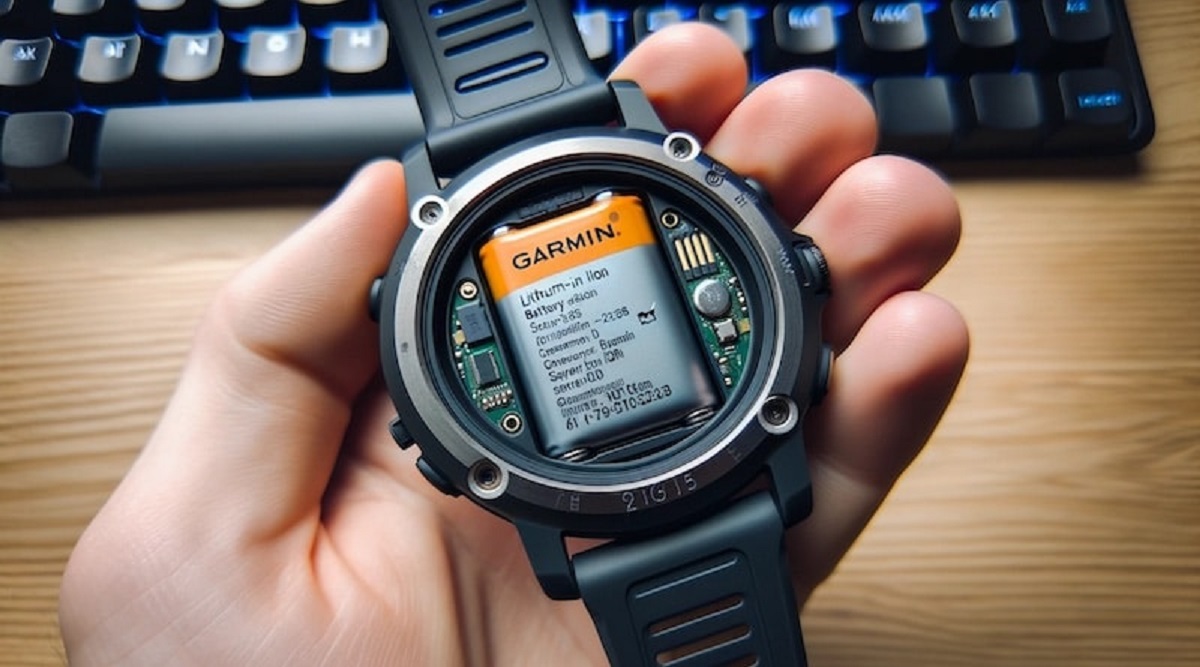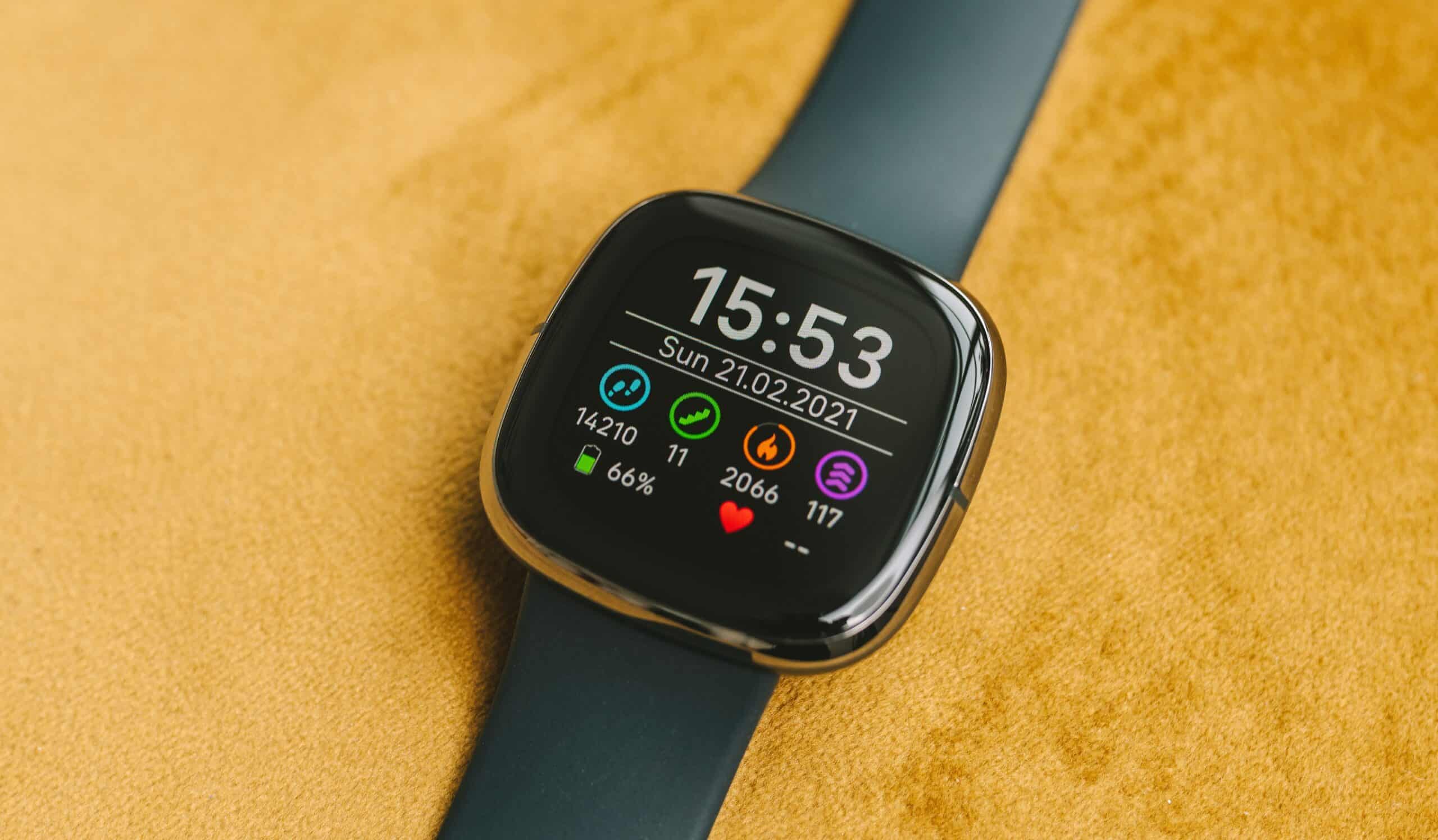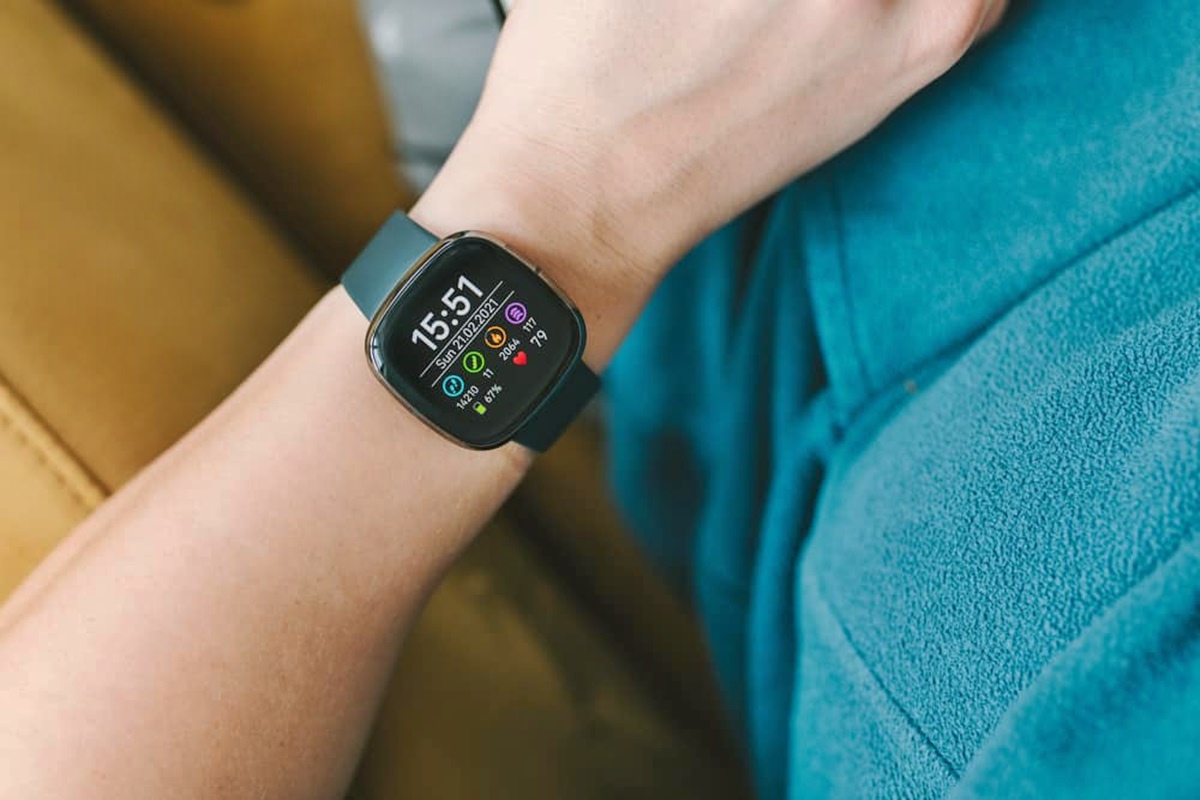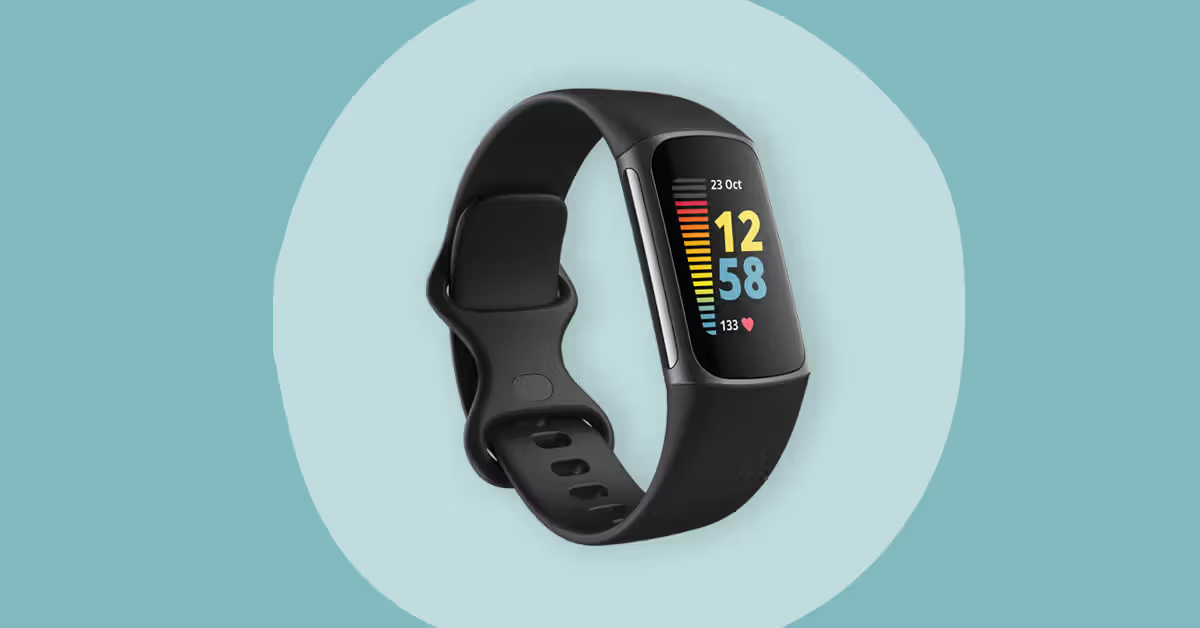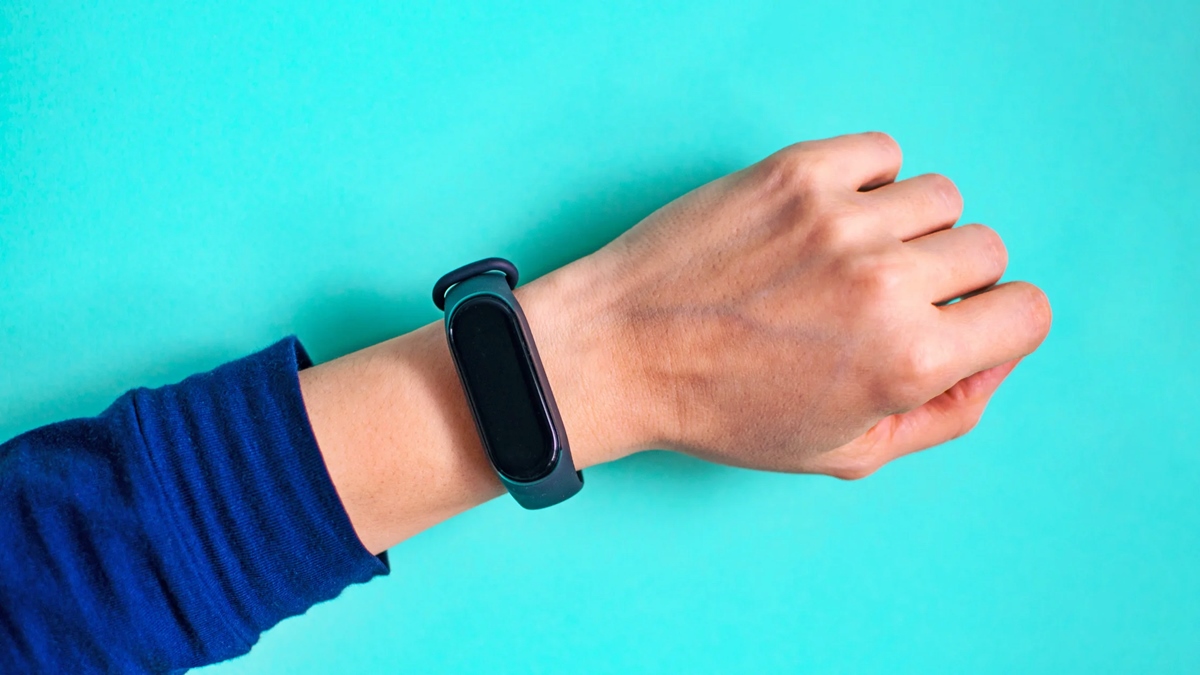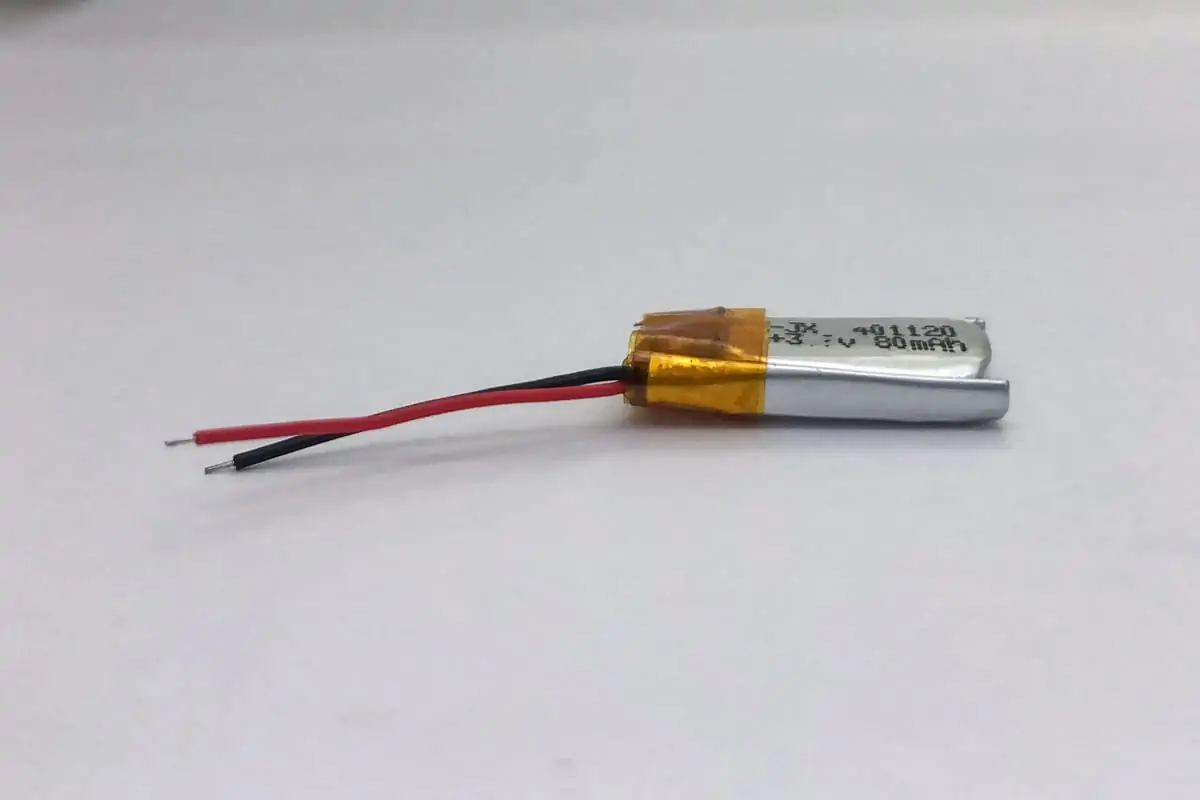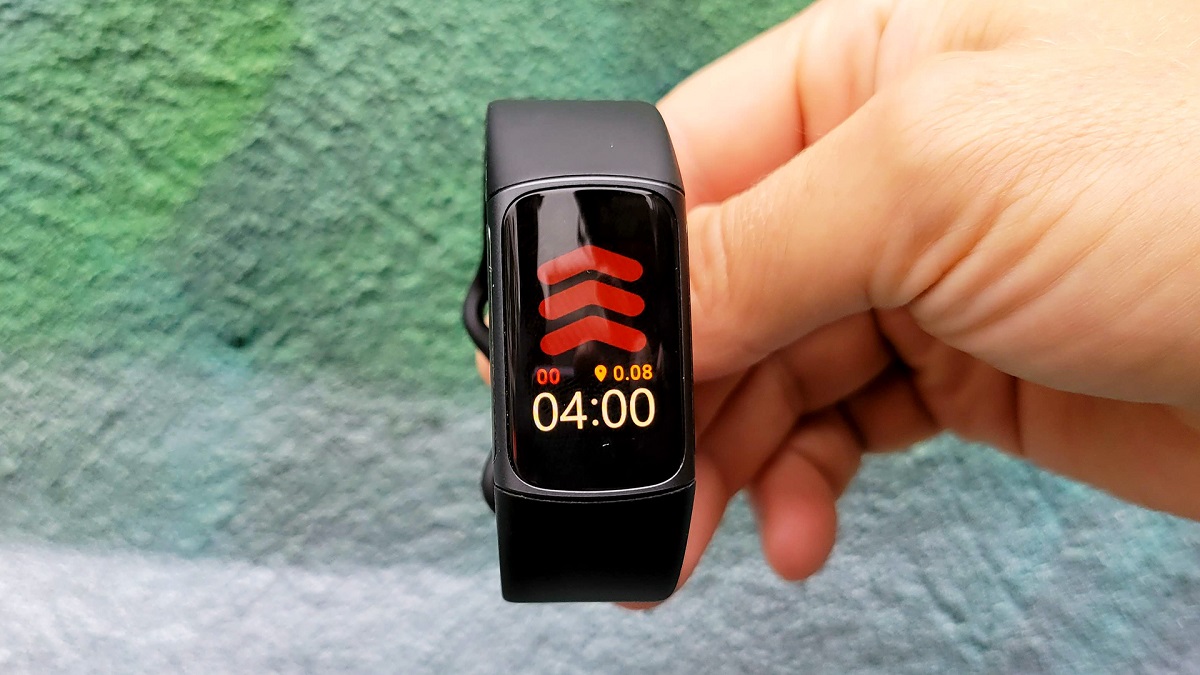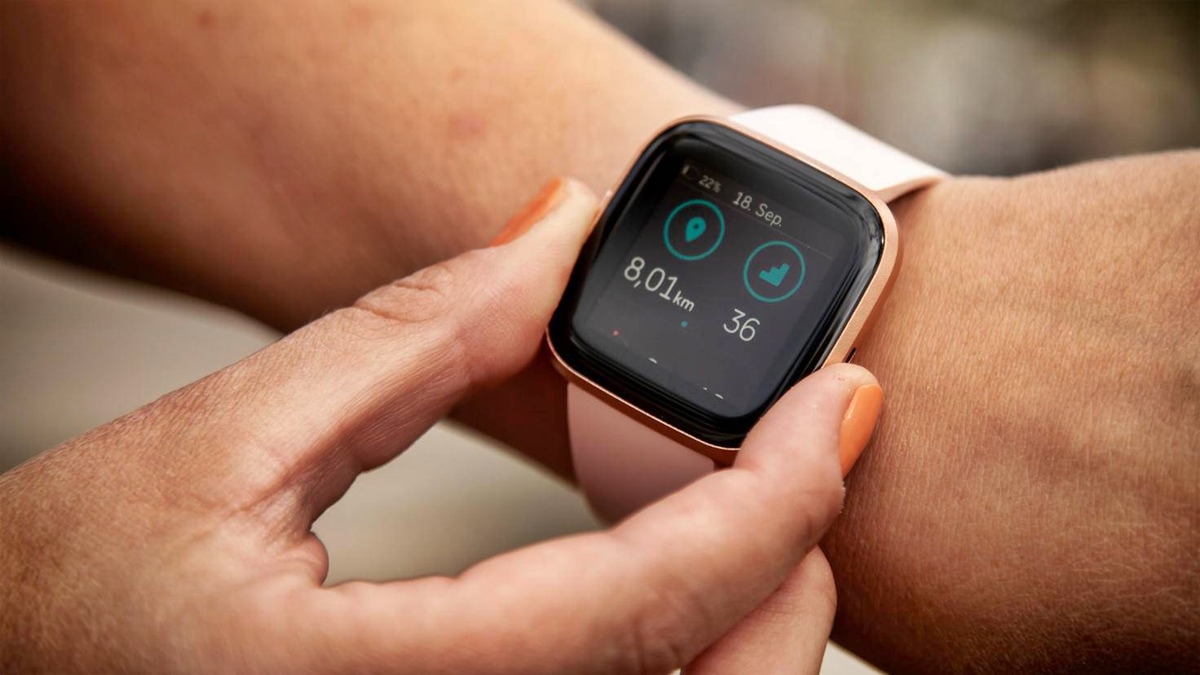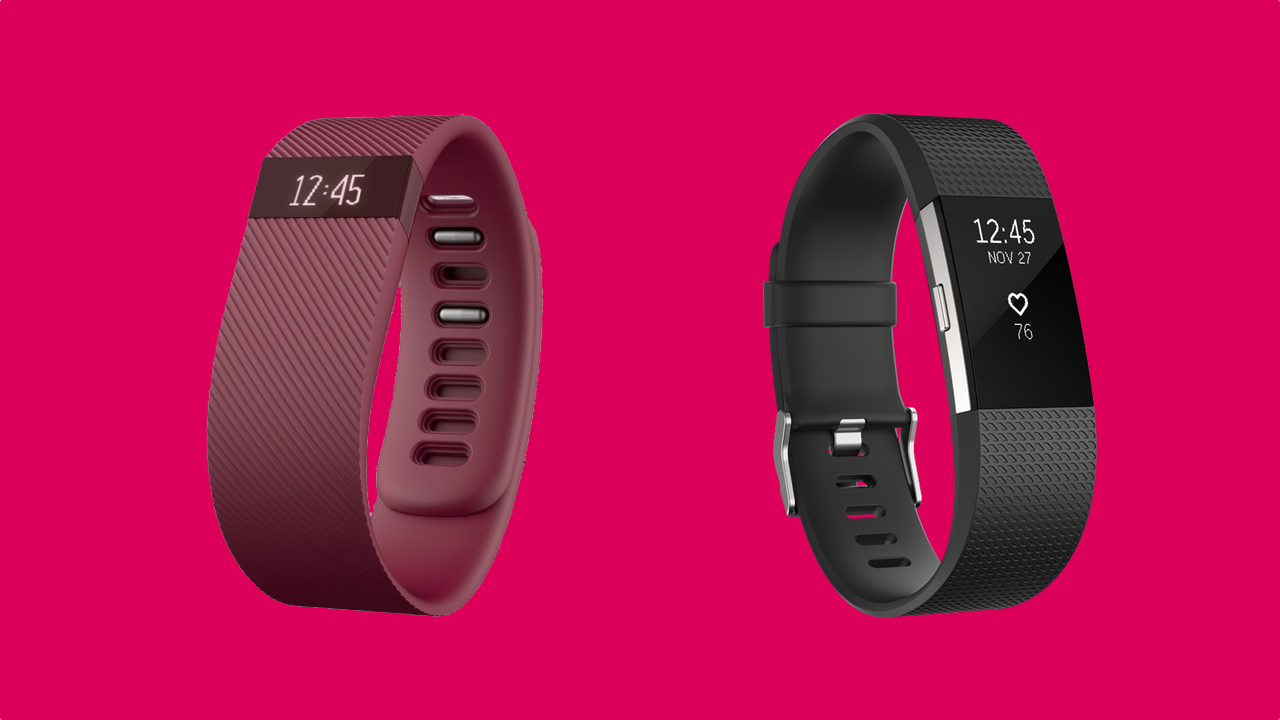Introduction
The Fitbit Charge is a popular wearable device that has revolutionized the way we approach fitness and health tracking. With its sleek design, advanced features, and user-friendly interface, the Fitbit Charge has become an indispensable companion for many individuals striving to lead a healthier lifestyle. One of the key considerations for any Fitbit Charge user is the battery lifespan, as it directly impacts the device's usability and convenience.
Understanding the factors that influence the Fitbit Charge battery lifespan and learning how to estimate and extend it can significantly enhance the overall experience of using this remarkable wearable. In this article, we will delve into the various aspects of the Fitbit Charge battery lifespan, providing valuable insights and practical tips to help users maximize the longevity of their device's battery.
By gaining a deeper understanding of the battery lifespan of the Fitbit Charge, users can make informed decisions about charging habits, device usage, and maintenance practices. This knowledge empowers users to optimize their experience with the Fitbit Charge, ensuring that they can fully leverage its capabilities without being hindered by frequent recharging or premature battery degradation.
As we explore the intricacies of the Fitbit Charge battery lifespan, it's important to recognize that the longevity of the battery is not solely determined by the device itself. External factors, user behavior, and environmental conditions can all play a significant role in shaping the overall lifespan of the battery. By acknowledging these influences and adopting proactive strategies, users can effectively manage and prolong the battery lifespan of their Fitbit Charge, enhancing their overall satisfaction with this innovative wearable device.
In the following sections, we will examine the factors that affect the Fitbit Charge battery lifespan, discuss methods for estimating the battery lifespan, and provide practical tips for extending the battery lifespan. By delving into these key areas, users can gain a comprehensive understanding of how to optimize the battery performance of their Fitbit Charge, ultimately enhancing their experience and maximizing the utility of this cutting-edge wearable device.
Factors Affecting Fitbit Charge Battery Lifespan
The battery lifespan of the Fitbit Charge is influenced by a myriad of factors, encompassing both internal and external elements. Understanding these factors is crucial for users seeking to optimize the longevity of their device's battery. By delving into the key influences on battery lifespan, users can make informed decisions and adopt proactive strategies to maximize the utility of their Fitbit Charge.
1. Usage Patterns
The frequency and intensity of usage directly impact the battery lifespan of the Fitbit Charge. Continuous use, especially with features such as heart rate monitoring and GPS tracking, can expedite battery drain. Conversely, sporadic use or limited utilization of power-intensive functions can extend the battery lifespan.
2. Charging Habits
The charging habits of users play a pivotal role in determining the overall battery lifespan. Repeatedly allowing the battery to drain completely before recharging, or consistently overcharging the device, can contribute to premature battery degradation. Adopting a balanced approach to charging, such as maintaining the battery level between 20% and 80%, can help preserve the battery lifespan.
3. Environmental Factors
Environmental conditions, including temperature and humidity, can impact the performance and longevity of the Fitbit Charge battery. Exposure to extreme temperatures, whether excessively hot or cold, can accelerate battery deterioration. Additionally, high humidity levels may affect the battery's efficiency and lifespan.
4. Firmware Updates
The installation of firmware updates can influence the battery performance of the Fitbit Charge. While updates often introduce optimizations and improvements, they may also inadvertently impact the device's power consumption. Monitoring the impact of firmware updates on battery life and adjusting usage patterns accordingly can help mitigate any adverse effects.
5. Maintenance Practices
Regular maintenance, such as cleaning the device and ensuring proper ventilation around the charging port, can indirectly impact the battery lifespan. Accumulated debris or moisture in the charging port area can impede efficient charging and potentially affect the overall battery performance.
By recognizing and addressing these factors, Fitbit Charge users can take proactive measures to optimize the battery lifespan of their device. Awareness of these influences empowers users to make informed choices regarding usage, charging habits, and environmental conditions, ultimately contributing to an extended and more reliable battery lifespan for the Fitbit Charge.
Estimating Fitbit Charge Battery Lifespan
Estimating the battery lifespan of the Fitbit Charge involves understanding the interplay of various factors and making informed projections based on usage patterns and environmental conditions. While precise estimations are inherently challenging due to the dynamic nature of user behaviors and external influences, users can employ certain strategies to gauge the expected lifespan of their device's battery.
1. Usage Analysis
Analyzing the usage patterns and intensity of the Fitbit Charge provides valuable insights into the expected battery lifespan. Users can track their daily usage, including the duration of active tracking, frequency of syncing with the Fitbit app, and engagement with power-intensive features such as continuous heart rate monitoring and GPS tracking. By collating this usage data over an extended period, users can discern patterns and extrapolate the anticipated battery lifespan based on their typical usage habits.
2. Environmental Considerations
Considering the impact of environmental factors is essential when estimating the Fitbit Charge battery lifespan. Users should assess the ambient temperature and humidity levels in their typical usage environments. Extreme temperatures, whether excessively hot or cold, can influence the battery performance and longevity. Similarly, high humidity levels may also affect the overall battery lifespan. By factoring in these environmental conditions, users can adjust their estimations to account for potential variations in battery performance.
3. Firmware Updates and Optimization
Monitoring the impact of firmware updates on battery performance is crucial when estimating the Fitbit Charge battery lifespan. Each firmware update may introduce optimizations or alterations that can affect power consumption. By evaluating the historical impact of firmware updates on battery life and considering the potential implications of future updates, users can refine their estimations to reflect the evolving software landscape of the Fitbit Charge.
4. Battery Degradation Modeling
Utilizing industry-standard models for battery degradation can provide users with a framework for estimating the Fitbit Charge battery lifespan. By leveraging established degradation profiles for lithium-ion batteries, users can factor in the anticipated loss of capacity over time and project the expected lifespan based on the device's initial battery specifications and degradation characteristics.
By integrating these approaches, Fitbit Charge users can develop informed estimations of their device's battery lifespan, enabling them to proactively manage their charging habits, usage patterns, and environmental considerations to optimize the overall longevity of the battery. While precise estimations may remain elusive due to the inherent variability of user behaviors and external influences, these strategies empower users to make informed decisions and adapt their usage practices to maximize the utility of their Fitbit Charge.
Tips for Extending Fitbit Charge Battery Lifespan
Extending the battery lifespan of the Fitbit Charge is a priority for users seeking to optimize the utility and convenience of their wearable device. By implementing proactive strategies and adopting mindful practices, users can effectively prolong the battery lifespan, ensuring sustained performance and minimizing the need for frequent recharging. Here are practical tips for extending the battery lifespan of the Fitbit Charge:
-
Optimize Power-Intensive Features: Identify power-intensive features such as continuous heart rate monitoring and GPS tracking, and utilize them judiciously. Activating these features only when necessary can significantly reduce battery consumption, thereby extending the overall lifespan of the battery.
-
Mindful Charging: Adopt a balanced approach to charging the Fitbit Charge. Avoid allowing the battery to drain completely before recharging, as this can contribute to premature battery degradation. Similarly, refrain from overcharging the device, as prolonged exposure to high voltage levels can impact the long-term health of the battery.
-
Regular Firmware Updates: Stay abreast of firmware updates for the Fitbit Charge and ensure timely installation. Firmware updates often include optimizations and enhancements that can improve battery efficiency. By keeping the device's software up to date, users can leverage these improvements to extend the battery lifespan.
-
Environmental Awareness: Be mindful of the environmental conditions in which the Fitbit Charge is used and stored. Avoid exposing the device to extreme temperatures, as both excessive heat and cold can adversely affect the battery performance. Additionally, minimize exposure to high humidity levels, as moisture can impact the overall efficiency and longevity of the battery.
-
Proper Maintenance: Engage in regular maintenance practices to ensure the optimal performance of the Fitbit Charge battery. Keep the charging port clean and free from debris, as obstruction can impede efficient charging and potentially affect the battery lifespan. Additionally, store the device in a well-ventilated and dry environment to mitigate potential environmental impacts on the battery.
-
Usage Optimization: Analyze usage patterns and identify opportunities to optimize the device's battery consumption. Minimize unnecessary background processes and ensure that the device is not engaged in excessive, idle tracking, which can contribute to unnecessary battery drain.
By incorporating these tips into their daily usage and maintenance routines, Fitbit Charge users can effectively extend the battery lifespan of their device, enhancing its overall longevity and reliability. These proactive measures empower users to maximize the utility of their Fitbit Charge while minimizing the inconvenience associated with frequent recharging and premature battery degradation.
Conclusion
In conclusion, the battery lifespan of the Fitbit Charge is a critical aspect that significantly influences the overall user experience. By exploring the myriad factors that affect the battery lifespan, estimating its longevity, and implementing practical tips for extension, users can effectively optimize the utility and convenience of this innovative wearable device.
Understanding the interplay of usage patterns, charging habits, environmental conditions, firmware updates, and maintenance practices provides users with valuable insights into managing the battery lifespan of the Fitbit Charge. By recognizing the impact of these factors, users can make informed decisions and adopt proactive strategies to maximize the longevity of their device's battery.
Estimating the Fitbit Charge battery lifespan involves a comprehensive analysis of usage patterns, environmental considerations, firmware updates, and battery degradation modeling. While precise estimations may remain elusive due to the dynamic nature of user behaviors and external influences, leveraging these strategies enables users to develop informed projections and adapt their usage practices to optimize the overall battery lifespan.
Moreover, the implementation of practical tips for extending the Fitbit Charge battery lifespan empowers users to proactively manage their device's performance and longevity. By optimizing power-intensive features, practicing mindful charging, staying updated with firmware enhancements, being environmentally aware, engaging in proper maintenance, and optimizing usage, users can effectively extend the battery lifespan, ensuring sustained performance and minimizing the need for frequent recharging.
In essence, the battery lifespan of the Fitbit Charge is intricately linked to user behaviors, environmental conditions, and maintenance practices. By embracing a holistic approach to managing the battery lifespan, users can maximize the utility and convenience of their Fitbit Charge, ensuring reliable performance and prolonged usability.
Ultimately, by integrating the insights and strategies presented in this article, Fitbit Charge users can navigate the complexities of battery lifespan management, enhancing their overall satisfaction with this cutting-edge wearable device. With a nuanced understanding of the factors influencing battery lifespan and a proactive approach to optimization, users can unlock the full potential of the Fitbit Charge, seamlessly integrating it into their active lifestyles while enjoying sustained performance and extended battery longevity.







